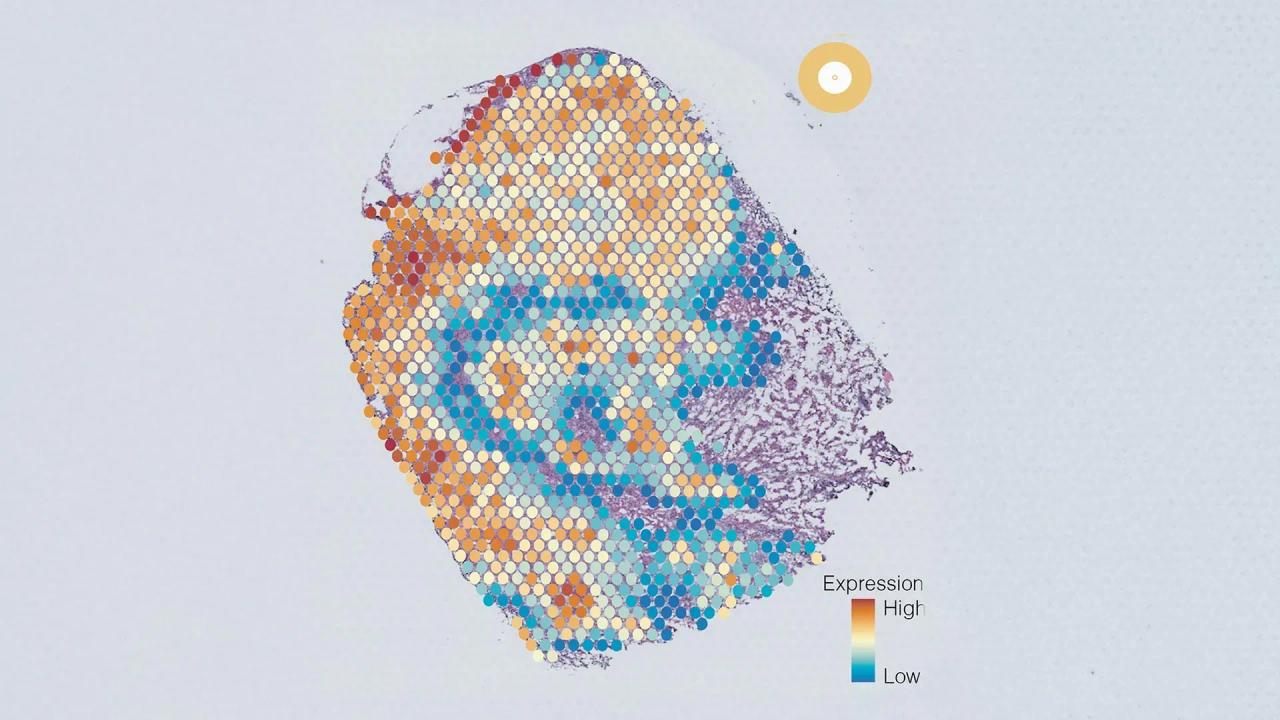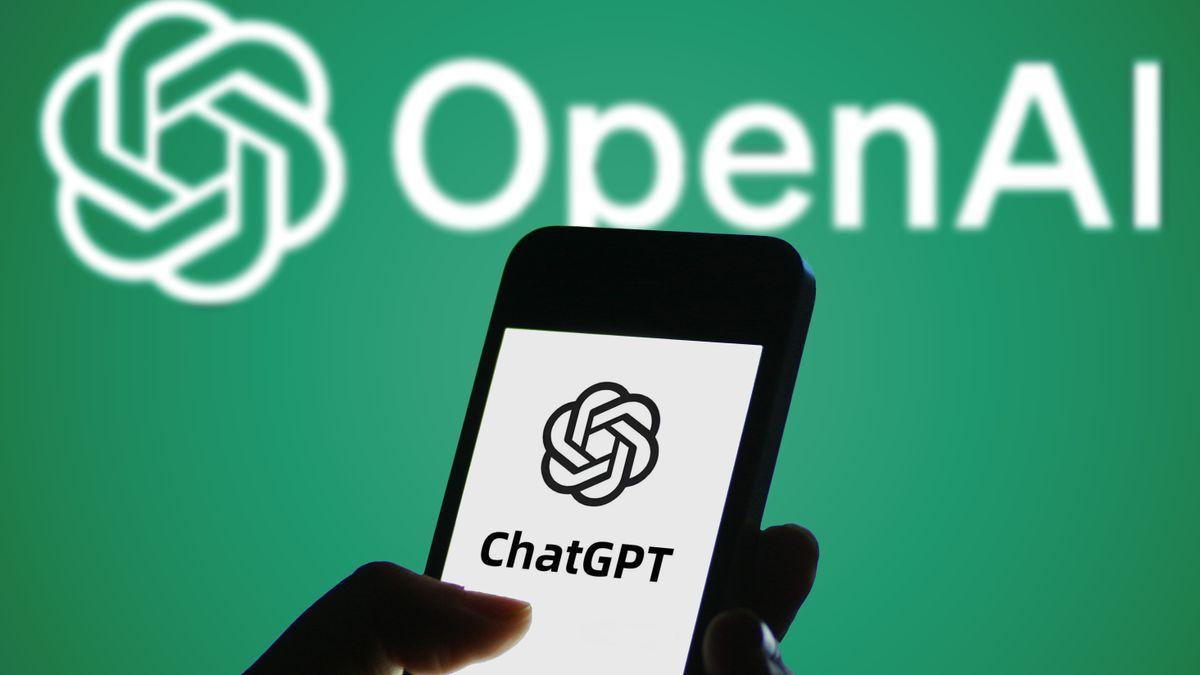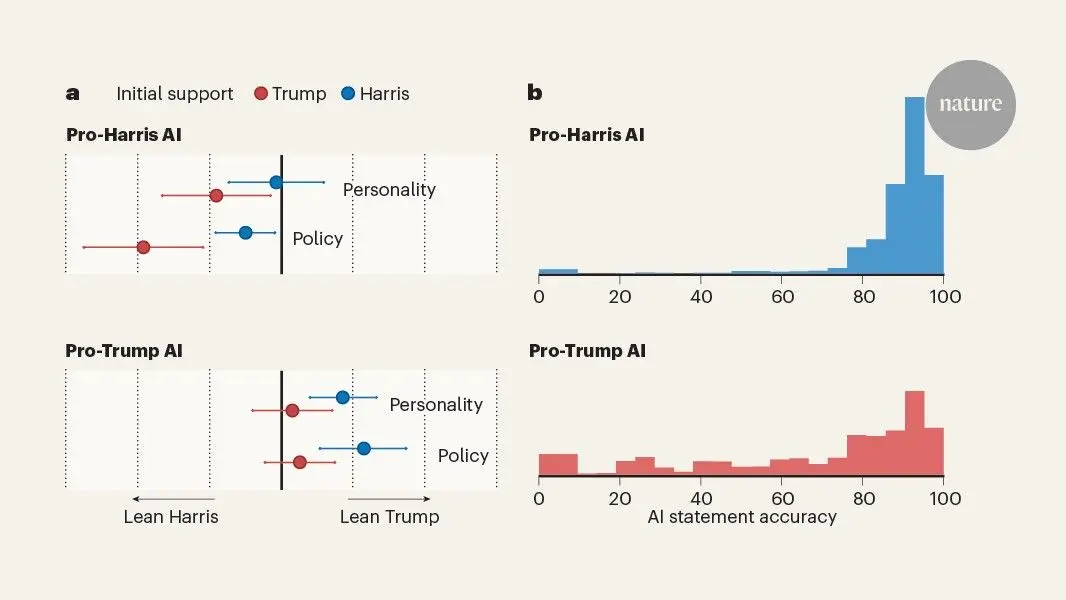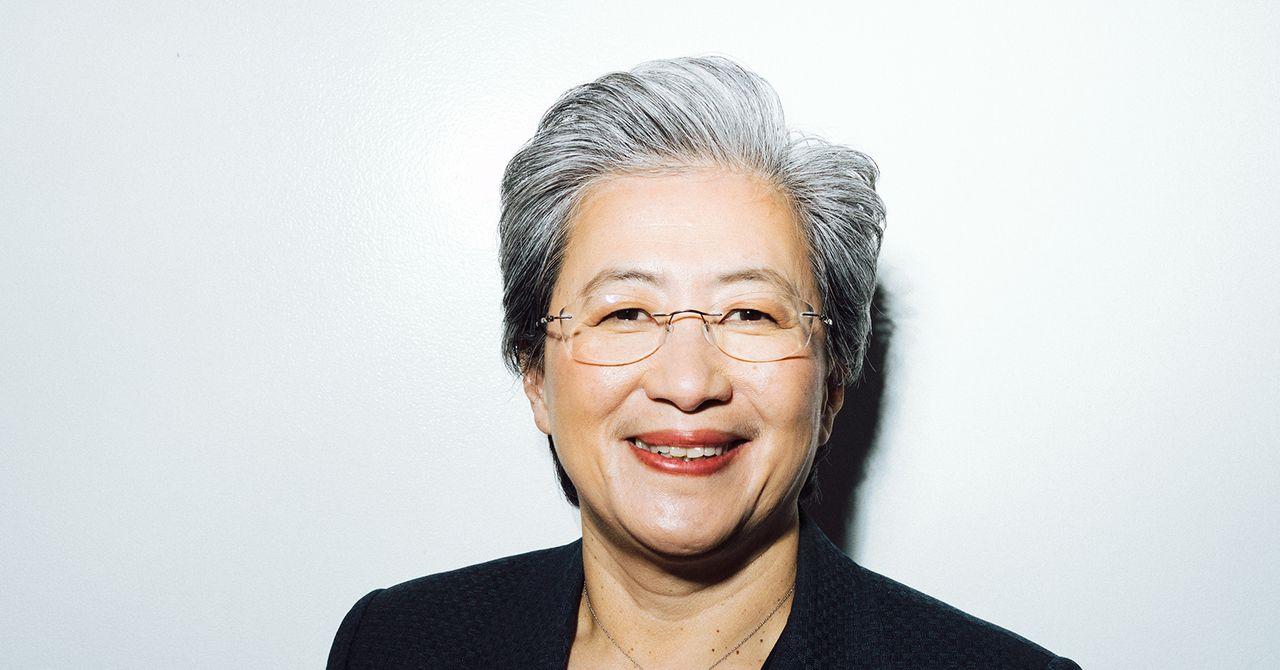NicheCompass: AI Tool Revolutionizes Cancer Treatment by Visualizing Cellular 'Social Networks'
3 Sources
3 Sources
[1]
New AI tool visualizes a cell's 'social network' to help treat cancer
A first-of-its-kind artificial intelligence (AI)-based neural network can rapidly analyse and interpret millions of cells from a patient sample, predicting molecular changes in the tissue. It can potentially pinpoint where personalised treatments could be most effective for conditions such as cancer. NicheCompass leverages the power of generative AI to create a visual database combining spatial genomic data on cell types, where they are found, and how they communicate. Created by researchers at the Wellcome Sanger Institute, the Institute of AI for Health at Helmholtz Munich, the University of Würzburg, and their collaborators as part of the wider Human Cell Atlas Initiative, this is the first AI method capable of measuring and interpreting a range of data from a cell's social network to recognise and analyse different cellular neighbourhoods. A new paper, published today (18 March) in Nature Genetics, introduces NicheCompass and details how it can uncover tissue changes across breast and lung cancer patients. Researchers show how NicheCompass can identify how certain people may respond differently to treatment -- all in one hour, through the power of AI. Ultimately, it will help develop personalised therapy plans, highlighting specific changes that could be targeted in conditions such as cancer. Every cell in the human body communicates with its environment and is involved in a larger network of interactions. Cells all have features that allow them to be recognised as part of their communication networks, such as which proteins they have on their surface. It is possible to connect similar cells through their features. Single-cell and spatial genomic technologies have revolutionised our understanding of the human body, and enabled the creation of multiple in-depth cell atlases of different tissues and organs. These atlases contain information on the multitude of cell types, where they are, and how genetic changes can impact how they interact with each other. By understanding how the human body works at a cellular level, it can inform our understanding of what happens in disease, and highlight new targets for drug development. While these atlases include information about where cells are found and how they interact within their specific neighbourhoods or networks, it is difficult to quantify and interpret these neighbourhoods and understand what drives the social interactions of cells. In a new study, Sanger Institute researchers and their collaborators present NicheCompass, a deep-learning AI model that is based on cell-to-cell communication. This means that it learns how different cells communicate through their networks and then aligns these with similar networks of cells, creating neighbours within tissues through shared features. From this, NicheCompass can interpret the data, allowing researchers and clinicians to ask questions about the data and better understand health conditions. For example: 'How do cancer cells communicate with the environment around them in patients with lung cancer?'. Using NicheCompass, researchers combined data from 10 patients with lung cancer and were able to see the similarities and differences between individuals. The similarities help inform our general understanding of cancer, as well as highlight any transcriptional changes that might be useful to target in new treatments. Comparatively, the differences highlight new possible avenues for personalised medicine. Further patient data can be included, so clinicians can input their own patient data and in one hour receive in-depth information about an individual condition, helping to guide clinical decisions. The team also used NicheCompass on breast cancer tissue, showing its effectiveness across different types of cancer. They also applied this network to a mouse brain spatial atlas with 8.4 million cells, and it was able to rapidly and correctly identify brain sections and create a visual resource of the entire organ. This demonstrates how it can be applied to spatial atlases of whole organs generated by researchers worldwide. Sebastian Birk, first author at the Institute of AI for Health, Helmholtz Munich and the Wellcome Sanger Institute, said: "Having a huge amount of data about the human body is crucial to finding new ways to understand, prevent and treat disease. However, we also need tools that allow us to access all the benefits this information could provide. NicheCompass is a significant leap in this field, leveraging the power of AI but also offering interpretability, allowing researchers and clinicians to ask questions about their data and better understand and treat diseases." Dr Carlos Talavera-López, co-senior author at the University of Würzburg, said: "Using NicheCompass, we were able to see the differences in how immune cells interact with lung cancer tumours in patients. This real-world application not only uncovered new information that adds to our collective understanding about cancer, it also highlighted one patient whose cancer interacted with the immune system differently. In the future, NicheCompass could help uncover new ways to harness the immune system in certain cancers, creating personalised treatments that empower a patient's immune system to target the cancer mechanisms directly." Dr Mohammad Lotfollahi, co-senior author at the Wellcome Sanger Institute, said: "People often communicate to their networks with a range of different information. They might share developments from work, or pictures of their holidays, and while these might be to different friends, they can all be traced back to one individual. Cell-to-cell communication is similar, cells might use different features to communicate with their social network, creating communities or networks in their local area. NicheCompass is the first AI model of its kind that can interpret these networks and answer questions that could directly impact patient lives, such as highlighting where and how health conditions have started, and predicting how they might respond to certain treatments."
[2]
AI-based neural network revolutionizes cancer treatment predictions
Wellcome Trust Sanger InstituteMar 18 2025 A first-of-its-kind artificial intelligence (AI)-based neural network can rapidly analyze and interpret millions of cells from a patient sample, predicting molecular changes in the tissue. It can potentially pinpoint where personalized treatments could be most effective for conditions such as cancer. NicheCompass leverages the power of generative AI to create a visual database combining spatial genomic data on cell types, where they are found, and how they communicate. Created by researchers at the Wellcome Sanger Institute, the Institute of AI for Health at Helmholtz Munich, the University of Würzburg, and their collaborators as part of the wider Human Cell Atlas Initiative, this is the first AI method capable of measuring and interpreting a range of data from a cell's social network to recognize and analyze different cellular neighborhoods. A new paper, published today (18 March) in Nature Genetics, introduces NicheCompass and details how it can uncover tissue changes across breast and lung cancer patients. Researchers show how NicheCompass can identify how certain people may respond differently to treatment - all in one hour, through the power of AI. Ultimately, it will help develop personalized therapy plans, highlighting specific changes that could be targeted in conditions such as cancer. Every cell in the human body communicates with its environment and is involved in a larger network of interactions. Cells all have features that allow them to be recognized as part of their communication networks, such as which proteins they have on their surface. It is possible to connect similar cells through their features. Single-cell and spatial genomic technologies have revolutionised our understanding of the human body, and enabled the creation of multiple in-depth cell atlases of different tissues and organs. These atlases contain information on the multitude of cell types, where they are, and how genetic changes can impact how they interact with each other. By understanding how the human body works at a cellular level, it can inform our understanding of what happens in disease, and highlight new targets for drug development. While these atlases include information about where cells are found and how they interact within their specific neighborhoods or networks, it is difficult to quantify and interpret these neighborhoods and understand what drives the social interactions of cells. In a new study, Sanger Institute researchers and their collaborators present NicheCompass, a deep-learning AI model that is based on cell-to-cell communication. This means that it learns how different cells communicate through their networks and then aligns these with similar networks of cells, creating neighbors within tissues through shared features. From this, NicheCompass can interpret the data, allowing researchers and clinicians to ask questions about the data and better understand health conditions. For example: 'How do cancer cells communicate with the environment around them in patients with lung cancer?'. Using NicheCompass, researchers combined data from 10 patients with lung cancer and were able to see the similarities and differences between individuals. The similarities help inform our general understanding of cancer, as well as highlight any transcriptional changes that might be useful to target in new treatments. Comparatively, the differences highlight new possible avenues for personalized medicine. Further patient data can be included, so clinicians can input their own patient data and in one hour receive in-depth information about an individual condition, helping to guide clinical decisions. The team also used NicheCompass on breast cancer tissue, showing its effectiveness across different types of cancer. They also applied this network to a mouse brain spatial atlas with 8.4 million cells, and it was able to rapidly and correctly identify brain sections and create a visual resource of the entire organ. This demonstrates how it can be applied to spatial atlases of whole organs generated by researchers worldwide. Having a huge amount of data about the human body is crucial to finding new ways to understand, prevent and treat disease. However, we also need tools that allow us to access all the benefits this information could provide. NicheCompass is a significant leap in this field, leveraging the power of AI but also offering interpretability, allowing researchers and clinicians to ask questions about their data and better understand and treat diseases." Sebastian Birk, first author at the Institute of AI for Health, Helmholtz Munich and the Wellcome Sanger Institute Dr. Carlos Talavera-López, co-senior author at the University of Würzburg, said: "Using NicheCompass, we were able to see the differences in how immune cells interact with lung cancer tumours in patients. This real-world application not only uncovered new information that adds to our collective understanding about cancer, it also highlighted one patient whose cancer interacted with the immune system differently. In the future, NicheCompass could help uncover new ways to harness the immune system in certain cancers, creating personalized treatments that empower a patient's immune system to target the cancer mechanisms directly." Dr. Mohammad Lotfollahi, co-senior author at the Wellcome Sanger Institute, said: "People often communicate to their networks with a range of different information. They might share developments from work, or pictures of their holidays, and while these might be to different friends, they can all be traced back to one individual. Cell-to-cell communication is similar, cells might use different features to communicate with their social network, creating communities or networks in their local area. NicheCompass is the first AI model of its kind that can interpret these networks and answer questions that could directly impact patient lives, such as highlighting where and how health conditions have started, and predicting how they might respond to certain treatments." Source: Wellcome Trust Sanger Institute Journal reference: Birk, S., et al. (2025). Quantitative characterization of cell niches in spatially resolved omics data. Nature Genetics. doi.org/10.1038/s41588-025-02120-6.
[3]
New AI tool visualizes a cell's 'social network' to help treat cancer
A first-of-its-kind artificial intelligence (AI)-based neural network can rapidly analyze and interpret millions of cells from a patient sample, predicting molecular changes in the tissue. It can potentially pinpoint where personalized treatments could be most effective for conditions such as cancer. NicheCompass leverages the power of generative AI to create a visual database combining spatial genomic data on cell types, where they are found, and how they communicate. Created by researchers at the Wellcome Sanger Institute, the Institute of AI for Health at Helmholtz Munich, the University of Würzburg, and their collaborators as part of the wider Human Cell Atlas Initiative, this is the first AI method capable of measuring and interpreting a range of data from a cell's social network to recognize and analyze different cellular neighborhoods. A new paper, published in Nature Genetics, introduces NicheCompass and details how it can uncover tissue changes across breast and lung cancer patients. Researchers show how NicheCompass can identify how certain people may respond differently to treatment -- all in one hour, through the power of AI. Ultimately, it will help develop personalized therapy plans, highlighting specific changes that could be targeted in conditions such as cancer. Every cell in the human body communicates with its environment and is involved in a larger network of interactions. Cells all have features that allow them to be recognized as part of their communication networks, such as which proteins they have on their surface. It is possible to connect similar cells through their features. Single-cell and spatial genomic technologies have revolutionized our understanding of the human body, and enabled the creation of multiple in-depth cell atlases of different tissues and organs. These atlases contain information on the multitude of cell types, where they are, and how genetic changes can impact how they interact with each other. By understanding how the human body works at a cellular level, it can inform our understanding of what happens in disease, and highlight new targets for drug development. While these atlases include information about where cells are found and how they interact within their specific neighborhoods or networks, it is difficult to quantify and interpret these neighborhoods and understand what drives the social interactions of cells. In their study, Sanger Institute researchers and their collaborators present NicheCompass, a deep-learning AI model that is based on cell-to-cell communication. This means that it learns how different cells communicate through their networks and then aligns these with similar networks of cells, creating neighbors within tissues through shared features. From this, NicheCompass can interpret the data, allowing researchers and clinicians to ask questions about the data and better understand health conditions. For example, "How do cancer cells communicate with the environment around them in patients with lung cancer?" Using NicheCompass, researchers combined data from 10 patients with lung cancer and were able to see the similarities and differences between individuals. The similarities help inform our general understanding of cancer, as well as highlight any transcriptional changes that might be useful to target in new treatments. Comparatively, the differences highlight new possible avenues for personalized medicine. Further patient data can be included, so clinicians can input their own patient data and in one hour receive in-depth information about an individual condition, helping to guide clinical decisions. The team also used NicheCompass on breast cancer tissue, showing its effectiveness across different types of cancer. They also applied this network to a mouse brain spatial atlas with 8.4 million cells, and it was able to rapidly and correctly identify brain sections and create a visual resource of the entire organ. This demonstrates how it can be applied to spatial atlases of whole organs generated by researchers worldwide. Sebastian Birk, first author at the Institute of AI for Health, Helmholtz Munich and the Wellcome Sanger Institute, said, "Having a huge amount of data about the human body is crucial to finding new ways to understand, prevent and treat disease. However, we also need tools that allow us to access all the benefits this information could provide. "NicheCompass is a significant leap in this field, leveraging the power of AI but also offering interpretability, allowing researchers and clinicians to ask questions about their data and better understand and treat diseases." Dr. Carlos Talavera-López, co-senior author at the University of Würzburg, said, "Using NicheCompass, we were able to see the differences in how immune cells interact with lung cancer tumors in patients. "This real-world application not only uncovered new information that adds to our collective understanding about cancer, it also highlighted one patient whose cancer interacted with the immune system differently. "In the future, NicheCompass could help uncover new ways to harness the immune system in certain cancers, creating personalized treatments that empower a patient's immune system to target the cancer mechanisms directly." Dr. Mohammad Lotfollahi, co-senior author at the Wellcome Sanger Institute, said, "People often communicate to their networks with a range of different information. They might share developments from work, or pictures of their holidays, and while these might be to different friends, they can all be traced back to one individual. "Cell-to-cell communication is similar. Cells might use different features to communicate with their social network, creating communities or networks in their local area. "NicheCompass is the first AI model of its kind that can interpret these networks and answer questions that could directly impact patient lives, such as highlighting where and how health conditions have started, and predicting how they might respond to certain treatments."
Share
Share
Copy Link
Researchers have developed NicheCompass, an AI-based neural network that analyzes cellular interactions to predict molecular changes in cancer tissues, potentially leading to personalized treatment strategies.

Breakthrough in AI-Powered Cancer Research
Researchers from the Wellcome Sanger Institute, Helmholtz Munich, and the University of Würzburg have developed a groundbreaking artificial intelligence tool called NicheCompass. This innovative technology has the potential to revolutionize cancer treatment by visualizing and interpreting cellular 'social networks' within patient samples
1
2
3
.How NicheCompass Works
NicheCompass leverages generative AI to create a visual database that combines spatial genomic data on cell types, their locations, and communication patterns. The deep-learning model is based on cell-to-cell communication, learning how different cells interact through their networks and aligning them with similar cellular networks
1
2
.Key features of NicheCompass include:
- Rapid analysis of millions of cells from patient samples
- Prediction of molecular changes in tissue
- Interpretation of cell-to-cell communication patterns
- Creation of visual resources for entire organs
Applications in Cancer Research
The tool has demonstrated significant potential in cancer research, particularly in breast and lung cancer studies. Researchers used NicheCompass to analyze data from 10 lung cancer patients, revealing both similarities and differences between individuals
1
2
3
.Dr. Carlos Talavera-López, co-senior author, explained: "Using NicheCompass, we were able to see the differences in how immune cells interact with lung cancer tumours in patients. This real-world application not only uncovered new information that adds to our collective understanding about cancer, it also highlighted one patient whose cancer interacted with the immune system differently."
1
Implications for Personalized Medicine
NicheCompass's ability to rapidly process and interpret cellular data has significant implications for personalized medicine:
- Identification of specific changes that could be targeted in cancer treatment
- Development of personalized therapy plans
- Potential for harnessing the immune system in cancer treatment
Sebastian Birk, first author of the study, emphasized the tool's importance: "NicheCompass is a significant leap in this field, leveraging the power of AI but also offering interpretability, allowing researchers and clinicians to ask questions about their data and better understand and treat diseases."
2
Related Stories
Broader Applications
Beyond cancer research, NicheCompass has shown promise in other areas:
- Applied to a mouse brain spatial atlas with 8 million cells, correctly identifying brain sections
- Potential application to spatial atlases of whole organs generated by researchers worldwide
The Future of NicheCompass
As NicheCompass continues to develop, it could play a crucial role in uncovering new ways to harness the immune system in various cancers. This may lead to the creation of personalized treatments that empower a patient's immune system to target cancer mechanisms directly
1
2
3
.Dr. Mohammad Lotfollahi, co-senior author, drew an analogy between cell communication and human social networks: "Cell-to-cell communication is similar, cells might use different features to communicate with their social network, creating communities or networks in their local area."
3
With its ability to process vast amounts of cellular data and provide interpretable results within an hour, NicheCompass represents a significant advancement in the field of AI-powered medical research, offering new hope for more effective and personalized cancer treatments.
References
Summarized by
Navi
[3]
Related Stories
AI Tool Uncovers Five Distinct Cancer Cell Groups, Revolutionizing Tumor Characterization and Treatment
25 Jun 2025•Health

AI-Powered scNET System Revolutionizes Understanding of Cellular Responses to Drug Treatments
02 Apr 2025•Science and Research

AI Breakthrough Enhances Personalized Cancer Treatment with Multi-Modal Data Analysis
01 Feb 2025•Health








